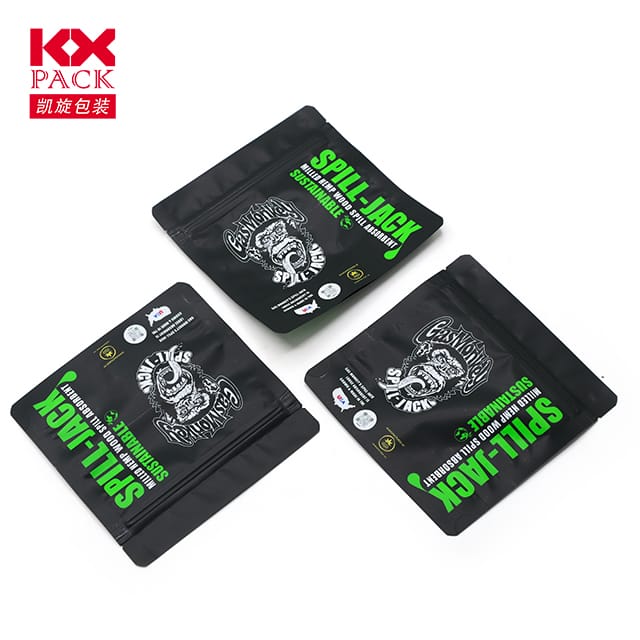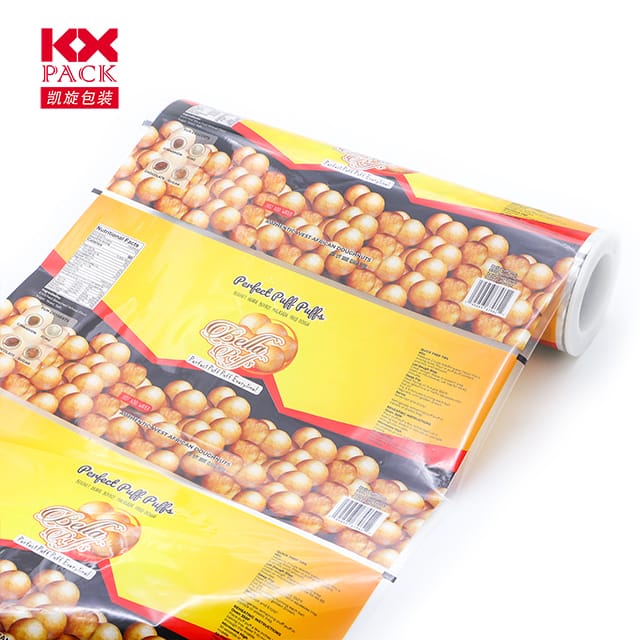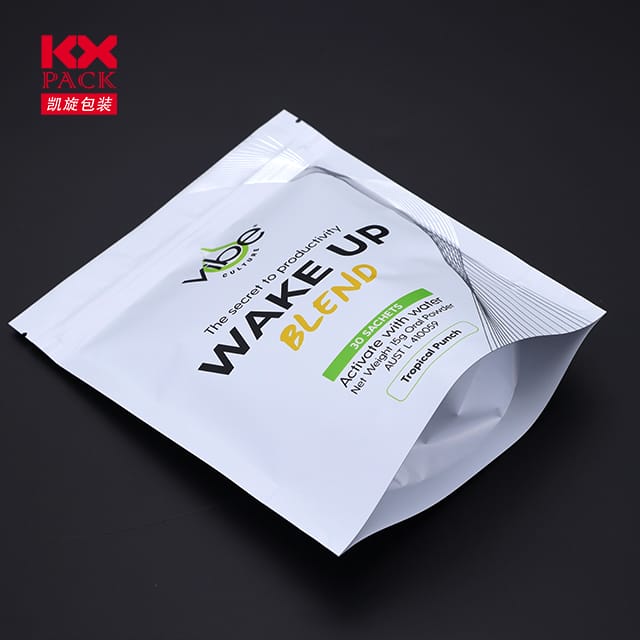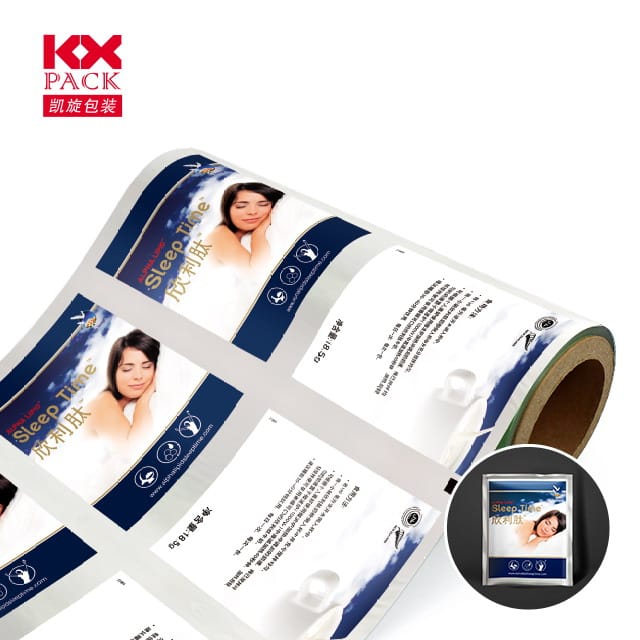柔軟なフィルムパッケージ: 持続可能な未来, 汎用性, およびスマート製品保護
柔軟なフィルムパッケージ
In a world where convenience, 持続可能性, イノベーションは消費者の選択を促進します, flexible film packaging has emerged as a game-changer across industries. 食べ物や飲み物から医薬品や化粧品まで, この軽量, 適応性のある材料は、製品の保管方法を再定義しています, 輸送, そして提示されました. しかし、柔軟なフィルムパッケージを非常に革新的にしているのはなぜですか? そのメリットを解き放ちましょう, 課題, そして将来の傾向.
Why Flexible Film Packaging? The Key Advantages
- 軽量 & 空間効率
柔軟なフィルムパッケージ (think pouches, バッグ, and wraps) weigh significantly less than rigid packaging like glass or metal. This reduces shipping costs, lowers carbon footprints, and maximizes shelf space in stores. - Unmatched Versatility
Whether it’s a stand-up pouch for snacks, a vacuum-sealed bag for meat, or a multi-layer film for sensitive electronics, flexible packaging adapts to any product’s needs. It can be printed with vibrant graphics, resealable zips, or easy-tear notches for user convenience. - 賞味期限の延長
Advanced barrier films (made from materials like polyethylene, アルミニウム, or biodegradable polymers) protect against oxygen, 水分, ライト, および汚染物質. This keeps products fresher for longer—critical for perishables like coffee, チーズ, or baby food. - Eco-Friendly Potential
While traditional plastics face scrutiny, flexible films are evolving. イノベーションには以下が含まれます compostable materials, recyclable mono-structures, そして thinner films that use less raw material without sacrificing strength.
Industries Reaping the Benefits
- 食べ物 & 飲料: From single-serve coffee pods to frozen veggie pouches, flexible packaging reduces waste and preserves flavor.
- 医薬品: Child-resistant blister packs and moisture-proof sachets ensure medication safety.
- Cosmetics & パーソナルケア: Travel-sized tubes, resealable shampoo pouches, and airless pump bottles enhance user experience.
- 小売り & eコマース: Lightweight packaging lowers shipping costs for online orders, while eye-catching designs boost brand appeal.
課題 & the Path to Sustainability
Despite its advantages, flexible film packaging faces hurdles:
- リサイクル性: Many multi-layer films (combining plastic, アルミニウム, そして紙) are difficult to recycle.
- Consumer Perception: Plastic waste concerns push brands toward alternatives, even if flexible films are often more sustainable than rigid options when considering full lifecycle impacts.
- Regulatory Pressures: Governments are imposing stricter rules on single-use plastics, accelerating the need for eco-friendly solutions.
Solutions on the Horizon:
- Mono-Material Films: Using a single polymer (like PE or PP) simplifies recycling.
- Industrial Composting: Certified compostable films break down in 180 days under industrial conditions.
- 化学リサイクル: Advanced processes convert mixed plastics back into raw materials.
Innovations Shaping the Future
- Active & Intelligent Packaging
Films embedded with sensors can detect spoilage (例えば。, freshness indicators on meat packaging) or release antioxidants to preserve products. - 食用映画
Made from seaweed, starch, or proteins, these biodegradable coatings could replace plastic wrappers for items like candy or fresh produce. - スマートラベル
QR codes or NFC chips on packaging enable traceability, anti-counterfeiting, and personalized consumer engagement.
How Brands Can Embrace Flexible Films Responsibly
- Prioritize Recyclable/Compostable Options: Partner with suppliers offering certified eco-friendly materials.
- Educate Consumers: Clearly label recycling instructions and promote reuse (例えば。, resealable pouches for storage).
- Design for Circularity: Avoid mixed materials if possible and advocate for improved recycling infrastructure.
最終的な考え: A Flexible Future
Flexible film packaging isn’t just a trend—it’s a response to modern demands for efficiency, 持続可能性, とイノベーション. While challenges remain, advancements in material science and recycling technology are paving the way for a greener future.
消費者として, we can support brands that prioritize eco-friendly flexible packaging. As businesses, investing in sustainable solutions isn’t just good for the planet—it’s a smart strategy for staying competitive in an evolving market.
The next time you unzip a snack pouch or peel open a coffee bag, remember: that thin, flexible film is a tiny marvel of engineering—and it’s here to stay.
Share your thoughts: Have you noticed a shift toward flexible packaging in your favorite products? Let’s discuss in the comments! 🌱📦💡







